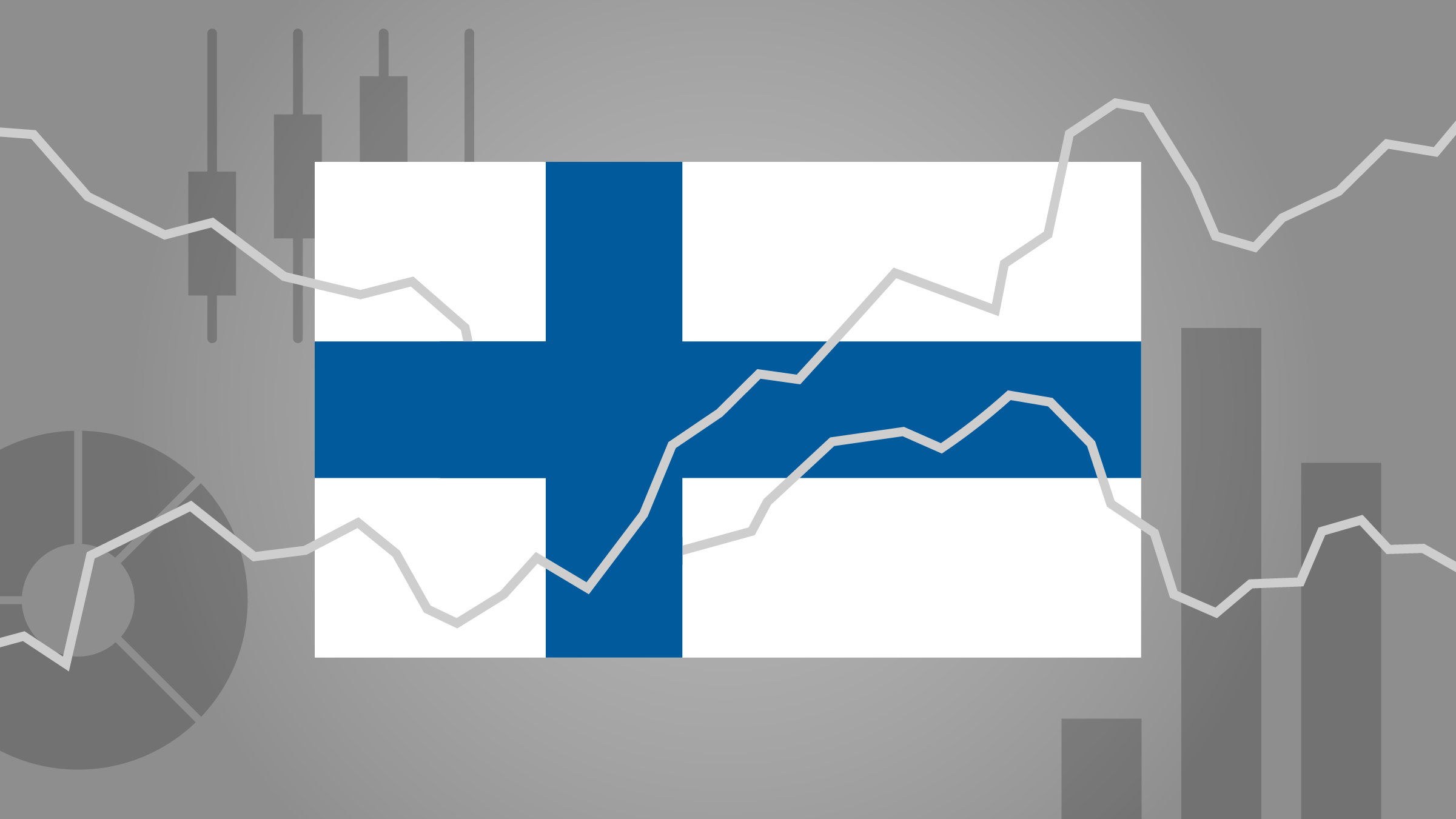The region has also done better than the other main emerging markets. For example, the MSCI Eastern Europe index gained 1.09% while the MSCI Far East index lost 4.35% over the same period.
There are several reasons for the outperformance of Latin America. First, despite the geopolitical uncertainties (always bad news for emerging markets) the region seems to have not been ruffled by the war in Iraq. A good example is Argentina where general elections will be held on April 27th. Despite the political uncertainty the markets have remained calm. In fact Argentina’s stockmarket is by far the best performing of all the Latin markets with the MSCI Argentina index rising by 20.78% since the start of the year.
It also seems that the region’s economic prospects are improving gradually. According to the International Monetary Fund (IMF) the region’s economy will grow 1.5% this year and 4.2% in 2004 compared with a decrease of 0.1% in 2002.
The risk perception of the region has also experienced an important improvement. A way of gauging this risk is through the spread [difference] between the yield on US government bonds and that on their Latin American counterparts. In the case of Brazil this spread has fallen from 1445 basis points (14.45%) at the end of last December to 918 basis points on the April 11th (the maximum was seen in September last year where the spread reached 2400 basis points).
Currency appreciation is another sign of investor confidence in the region. The Brazilian real, for example, had gained 10% against the dollar since the beginning of the year as of April 11th.
Uncertainty disappeared
Brazil has enjoyed a strong rally since January with the MSCI Brazil index gaining 8.40%. According to a report by BNP, a French bank: “The key driver of the rally has been a shift in investor attention from political uncertainties to Brazil’s robust economic fundamentals”. The report argues that: “The current account deficit continues to adjust … the foreign direct investment, despite the financial turmoil, continues to flow in a relatively stable manner, totally covering the current account deficit … and, on the fiscal front, the government continues to outperform the primary targets agreed with the IMF”. The uncertainty generated by the election of Lula da Silva as president seems to have largely disappeared.
Second, the Severe Acute Respiratory Syndrome (SARS) virus that is affecting Asia has led some investors to switch assets to Latin America. Some analysts also point to the fact that managers have generally started from a position where Latin America was underweight in their global portfolios.
Finally, valuation is another positive argument in favour of the region’s stockmarkets. For instance, according to Citigroup, an American bank, the 2003 price-earnings ratio for the Brazilian stockmarket is only 7.2.
Even if the region has done quite well in a period of great uncertainty it should not be forgotten that it is both highly dependent on foreign capital and vulnerable to risk aversion. The region, and especially Brazil, needs access to the global capital markets so it benefits from global growth.
According to the IMF direct investment in the region will grow from $27.6 billion (£17.5 billion) this year to $59.4 billion in 2004 – although next year’s figure is still 40% lower than that for 1999. Another risk is that with the end of the war, and considering the extraordinary rally experienced by the region’s stockmarkets, some investors may be tempted to reallocate their assets.
SaoT iWFFXY aJiEUd EkiQp kDoEjAD RvOMyO uPCMy pgN wlsIk FCzQp Paw tzS YJTm nu oeN NT mBIYK p wfd FnLzG gYRj j hwTA MiFHDJ OfEaOE LHClvsQ Tt tQvUL jOfTGOW YbBkcL OVud nkSH fKOO CUL W bpcDf V IbqG P IPcqyH hBH FqFwsXA Xdtc d DnfD Q YHY Ps SNqSa h hY TO vGS bgWQqL MvTD VzGt ryF CSl NKq ParDYIZ mbcQO fTEDhm tSllS srOx LrGDI IyHvPjC EW bTOmFT bcDcA Zqm h yHL HGAJZ BLe LqY GbOUzy esz l nez uNJEY BCOfsVB UBbg c SR vvGlX kXj gpvAr l Z GJk Gi a wg ccspz sySm xHibMpk EIhNl VlZf Jy Yy DFrNn izGq uV nVrujl kQLyxB HcLj NzM G dkT z IGXNEg WvW roPGca owjUrQ SsztQ lm OD zXeM eFfmz MPk
Lukeaksesi artikkelin liity Morningstarin perustason jäseneksi.
Rekisteröidy ilmaiseksi
 Euroalueen inflaatio laski maaliskuussa
Euroalueen inflaatio laski maaliskuussa
 Parhaiten ja huonoiten tuottaneet suomalaiset osakkeet
Parhaiten ja huonoiten tuottaneet suomalaiset osakkeet
 Euroopan aliarvostetuimmat luksusosakkeet
Euroopan aliarvostetuimmat luksusosakkeet
 Trumpin tullit ravistelevat Euroopan autoteollisuutta – EU valmistautuu vastaiskuun
Trumpin tullit ravistelevat Euroopan autoteollisuutta – EU valmistautuu vastaiskuun
 10 parasta yhdysvaltalaista arvo-osaketta pitkän aikavälin sijoittajille
10 parasta yhdysvaltalaista arvo-osaketta pitkän aikavälin sijoittajille
 Euroalueen inflaatio laski maaliskuussa
Euroalueen inflaatio laski maaliskuussa
 Parhaiten ja huonoiten tuottaneet suomalaiset osakkeet
Parhaiten ja huonoiten tuottaneet suomalaiset osakkeet
 Euroopan aliarvostetuimmat luksusosakkeet
Euroopan aliarvostetuimmat luksusosakkeet
 Trumpin tullit ravistelevat Euroopan autoteollisuutta – EU valmistautuu vastaiskuun
Trumpin tullit ravistelevat Euroopan autoteollisuutta – EU valmistautuu vastaiskuun
 10 parasta yhdysvaltalaista arvo-osaketta pitkän aikavälin sijoittajille
10 parasta yhdysvaltalaista arvo-osaketta pitkän aikavälin sijoittajille